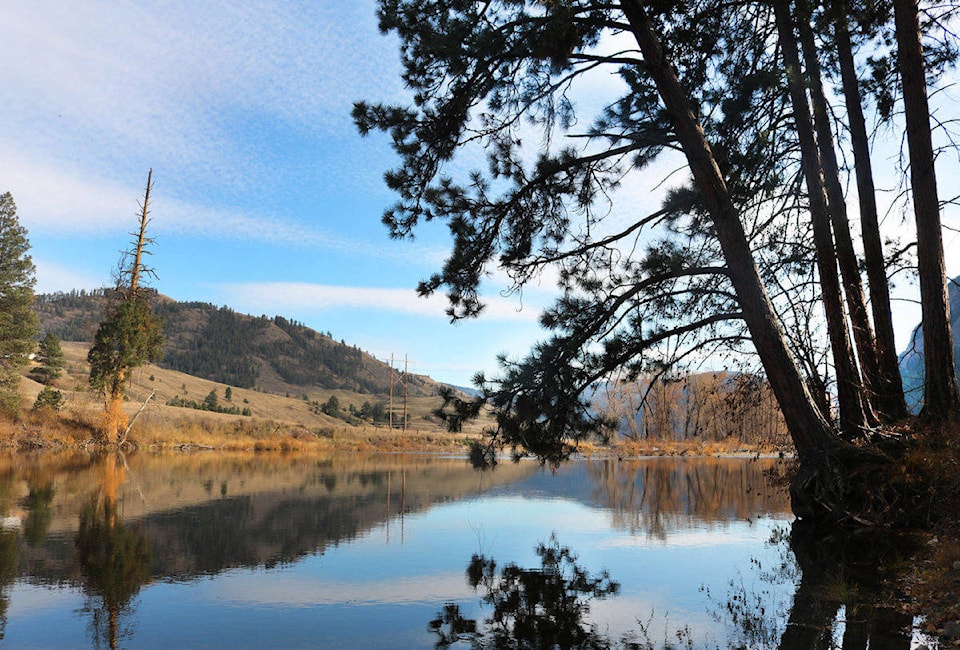Forest cover can have an effect on the speed and size of spring water flows through the Kettle River, say researchers who have been modelling the impacts of forest disturbance on the Kettle River watershed. According to an analysis of water flow data for the watershed, researchers have also found that intense forest disturbance at high elevations can have dramatic effects on streamflow levels.
Ryan MacDonald, a hydrologist who has been studying the watershed for the Ministry of Forests, Lands and Natural Resources, presented the findings at a meeting of Kettle River basin stakeholders last week in Grand Forks.
“What it’s saying is that forest cover can actually shift the way watersheds are behaving, in terms of how they generate high streamflow events,” MacDonald told those who attended the Kettle River Watershed Advisory Council’s second meeting of the year.
MacDonald’s team’s analysis delved into scenarios of peak streamflows based off data gathered on rivers in the Boundary since 1989. The data, then paired with models depicting various levels of forest cover in the area – 100 per cent in-tact, 50 per cent in-tact – revealed that the more a forest is disturbed by fires and logging at high elevations, the more peak streamflows are affected.
If 50 per cent of the forest area mapped on crown land were to be disturbed, for example, MacDonald’s data suggested that there could be two peak flow events in a year, and a 10 to 20 per cent increase in average peak stream flow. The hydrologist did not say what level of forest cover currently exists in the Boundary region.
In a pre-disturbance scenario (if all disturbed areas were to be covered in mature trees), MacDonald said that “we see a reduction in peak stream flows.”
One reason for that could be the fact that snow melts more slowly in forested areas. According to work done by MacDonald’s colleague Kim Green, “When things start to melt all at the same time, you can see larger runoff events, just because you start opening up areas,” MacDonald said.
MacDonald said that the results revealed by his tool will be useful in land-use planning, watershed assessments, flood hazard assessments, as well as understanding strategies for wildfire control.
The tool could also be considered in the Regional District of Kootenay Boundary’s upcoming overhaul of floodplain maps for the region, which is meant to get underway in the new year.
Beyond MacDonald’s presentation, attendees also heard a preliminary overview of a cumulative effects assessment undertaken by the province, which aims to understand the overlapping roles that industry plays on the watershed.
According to researcher Cassidy van Rensen, the cumulative effects study is not meant to predict high water events, necessarily, but rather to identify areas that could be better managed or supported. Van Rensen said that her team is currently waiting on U.S. data for the American portion of the Kettle River watershed and will be putting together a public report in 2020.
@jensenedw
Jensen.edwards@grandforksgazette.ca
Like us on Facebook and follow us on Twitter.
